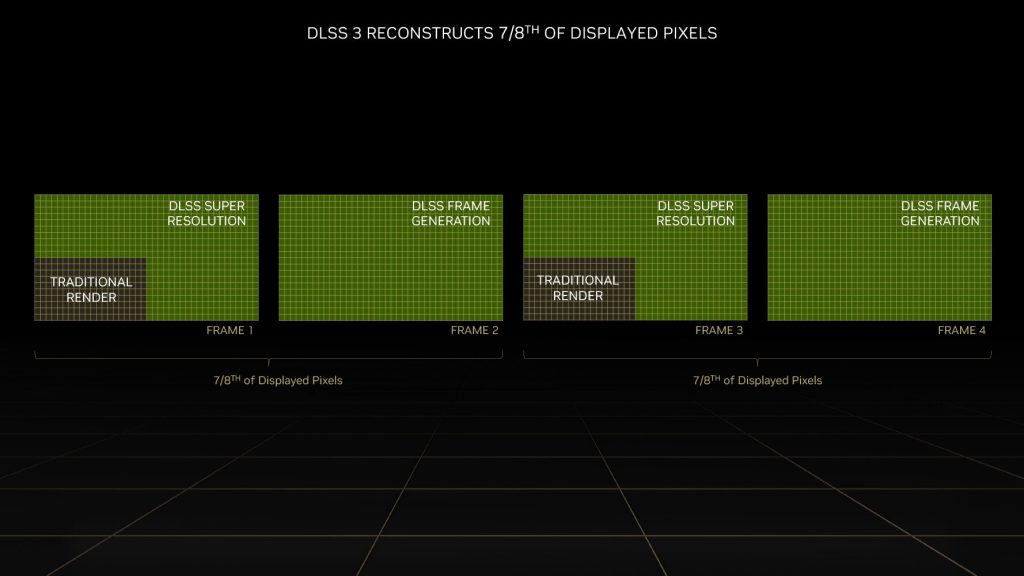Up to this point, we assumed that Nvidia's Frame Generation technology would only work in conjunction with native resolutions or in conjunction with DLSS 3. However, recent findings suggest otherwise, as the frame generation tech also works with AMD FSR 2 and Intel XeSS.
According to Igor'sLAB, Frame Generation can be used alongside the likes of FSR 2 and XeSS upscaling in certain titles. Previously, it was thought that Frame Generation was tied to DLSS, but it can work with other upscaling methods under the right conditions. Not many games support all three technologies, but this was tested in Spider-Man: Remastered, which might be the only working example of this so far.

AMD previously said FSR 3 would use a similar frame interpolation technique named Fluid Motion Frames. Considering Nvidia confirmed that Frame Generation would work with DLSS 2, some expect that FSR 2 would also work with Fluid Motion Frames. However, that's different from this case, where Nvidia's Frame Generation technology and AMD FSR 2 can run simultaneously.
Based on the data gathered by Igor, the performance improvement scales as expected, with the ultra-performance modes providing higher FPS and 1% lows. Overall, the higher FPS count is with FSR Ultra performance and Frame Generation enabled, beating Nvidia DLSS's result in the same mode. It's also worth noting that Intel XeSS performs the worst, consistently scoring lower compared to the other two technologies with the same setting.
Even if Nvidia's Frame Generation works with other upscaling technologies, it has a significant limitation. Nvidia's technology only works with the RTX 40 series graphics cards, and the only one available right now is the RTX 4090, although the RTX 4080 will come out on the 16th.
Discuss on our Facebook page, HERE.
KitGuru says: Frame Generation seems to be the next frontier for upscaling techniques.
 KitGuru KitGuru.net – Tech News | Hardware News | Hardware Reviews | IOS | Mobile | Gaming | Graphics Cards
KitGuru KitGuru.net – Tech News | Hardware News | Hardware Reviews | IOS | Mobile | Gaming | Graphics Cards


